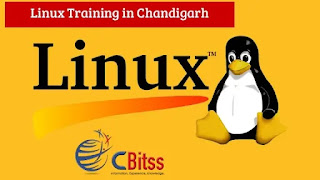
What is Linux structure? The term " Linux structure " can refer to different aspects of the Linux operating system, including its file system structure, its architectural components, or its organization within the open-source community. Let's explore each of these aspects: File System Structure: The file system structure in Linux is hierarchical and starts at the root directory, denoted by a forward slash (/). Below are some key directories and their purposes within the Linux file system: /bin: Contains essential binary executables (commands) that are required for system boot and repair. /boot: Contains the Linux kernel and files necessary for system booting. /etc: Stores system-wide configuration files and scripts. /home: Home directories for regular users. /lib and /lib64: Libraries required for system programs and the kernel. /usr: Contains user data and software not required for system booting. /var: Contains variable data, such as log files, temporary files, and s




